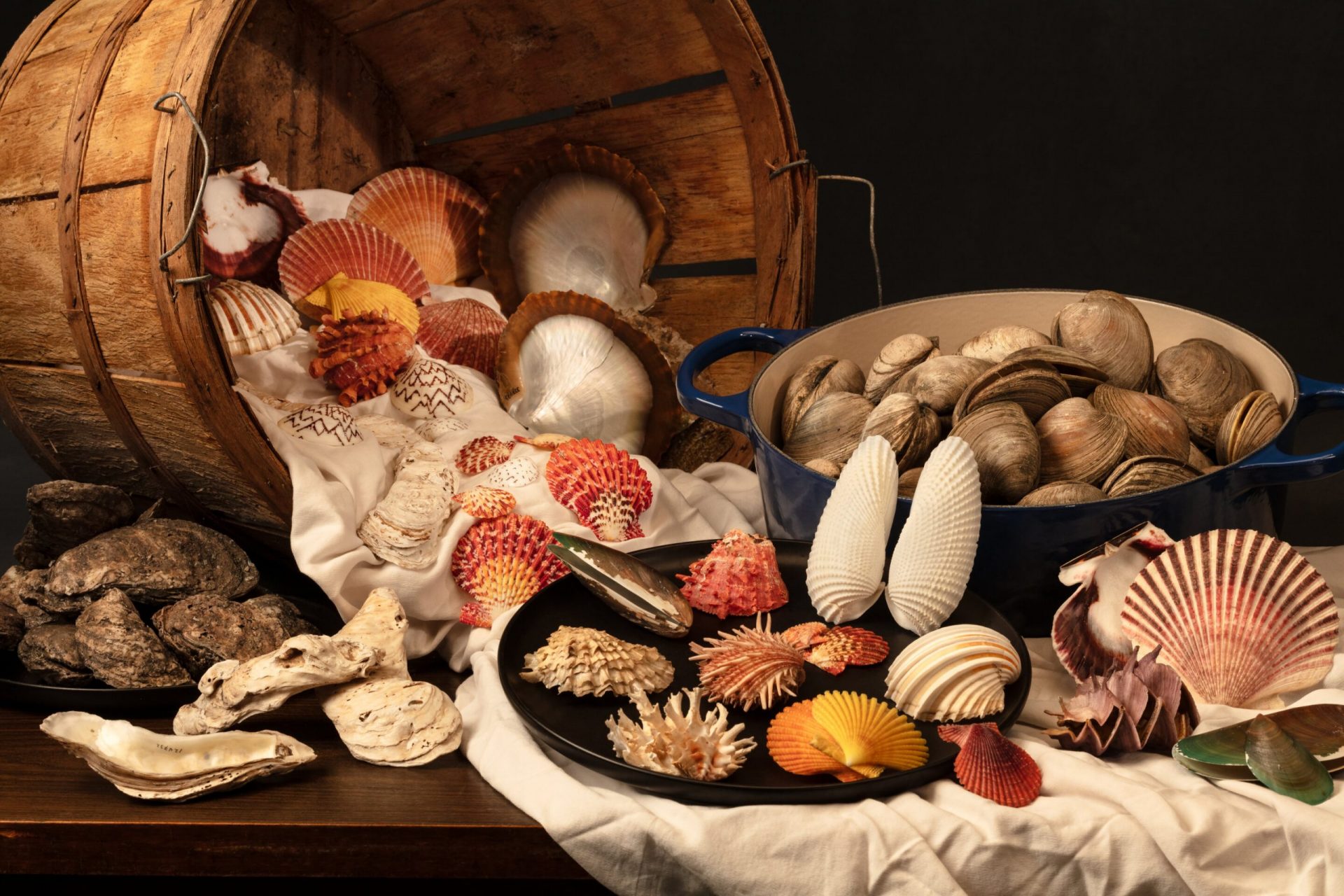In a groundbreaking study, scientists from the Smithsonian and the University of Birmingham have expanded the list of bivalve species that humans harvest. These species include clams, oysters, mussels, scallops, and their relatives. The researchers have also identified the traits that make these species prime targets for harvesting.
They have also discovered that these same traits have protected these shellfish from extinction in the past and may continue to do so in the future. The study highlights certain ocean regions, such as the east Atlantic and northeast and southeast Pacific, as areas that require special management and conservation efforts.
Published in Nature Communications, the research reveals that humans exploit a staggering 801 species of bivalves. This number is significantly higher than the 81 species listed in the Food and Agriculture Organization of the United Nations’ Production Database, emphasizing the vast diversity of shellfish that humans harvest and utilize.
Stewart Edie, the National Museum of Natural History’s curator of fossil bivalves, explains that the traits that make these bivalve species attractive to humans have also made them less vulnerable to extinction. These species can adapt to various climates worldwide, which enhances their resilience against natural extinction drivers. However, the demand for these species poses a risk to their survival and the ecosystems they inhabit.
“We’re fortunate that the species we consume are more resistant to extinction,” says Edie. “But humans can rapidly transform the environment, and we must manage these species sustainably to ensure their availability for future generations.”
Shan Huang adds, “It is somewhat ironic that the traits that make bivalve species less vulnerable to extinction also make them far more attractive as a food source. By identifying these species and raising awareness globally, responsible fishing can diversify the species that are harvested and prevent oysters from becoming the dodos of the sea.”
Bivalve mollusks, such as clams, oysters, scallops, and mussels, have been a vital food source for humans for thousands of years. For example, the indigenous Calusa tribe sustainably harvested an estimated 18.6 billion oysters in Estero Bay, Florida, using their shells to construct an entire island and 30-foot high mounds.
However, the history of bivalve harvesting is also filled with examples of overexploitation, particularly by European colonizers and mechanized commercial fisheries. These practices led to the collapse of oyster populations in locations like Chesapeake Bay, San Francisco Bay, and Botany Bay near Sydney, Australia.
Realizing that there was no comprehensive list of bivalve species targeted by fisheries, Edie and his co-authors embarked on a mission to document the various bivalves utilized by humans. After analyzing over 100 prior studies, they identified 801 bivalve species and investigated the traits that make them exploitable by humans and their susceptibility to extinction.
The study found that humans tend to harvest bivalves that are large-bodied, found in shallow waters, have a wide geographic distribution, and can survive in various temperatures. These traits also make these exploited bivalve species less prone to extinction, unlike species from the fossil record in the ancient past.
The researchers hope that their findings will contribute to better conservation and management decisions in the future. Their list identifies regions and species that are particularly at risk of extinction and can guide further studies to assess the current risk of extinction for certain species.
Edie plans to use the traits associated with exploited bivalves to investigate bivalve species that are not currently known to be harvested by humans. This comprehensive understanding is crucial for effective bivalve population management.
This research is part of the museum’s Ocean Science Center, which aims to advance knowledge of the ocean and share it with the scientific community, policymakers, and the general public. It also aligns with the Smithsonian’s Life on a Sustainable Planet initiative, which collects new data about the changing planet, implements holistic approaches to environmental conservation, and educates the world about sustainable solutions to climate change.








